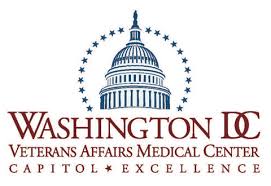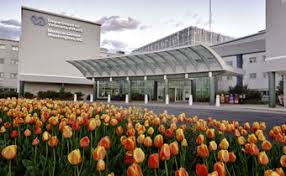
My name is Anna Mowery, and I am a freshman in the College of Arts and Sciences studying public health and pre-med. I have been lucky enough this semester to be able to volunteer with One Tent Health, a student-founded and run nonprofit, and connect it to my Intro to Health Promotion class. One Tent Health provides free HIV and COVID testing to the DC community as well as access to PREP and information about the treatment and prevention of HIV. These services are offered at pop-up tents throughout the city, the location of which changes each weekend. Because One Tent Health is able to move throughout the city, the organization can test in areas in which residents don’t have access to adequate healthcare. At the site, volunteers perform HIV screenings for those who want it and are also able to provide information about HIV, PREP, and safe sex. Other volunteers not performing the screenings are doing community outreach and publicizing the free testing site. At sites in which there is also free COVID testing, volunteers perform intake tasks and then hand off those getting tested to DC nurses who then perform the COVID-19 tests.
So far, my experience with One Tent Health has been great! I have learned a lot about the DC community and have been able to visit neighborhoods in DC that I would not have otherwise gone to. I have also met a lot of other college students in the DMV through volunteering, which has been nice given that meeting people online this year has been hard. Unfortunately, a lot of my shifts were canceled at the beginning of the semester because of contract issues between the organization and the DC government but that is now resolved, and I look forward to volunteering again! I was also surprised at how much responsibility we were given as students. We were able to get trained and perform blood tests as undergraduate students, which is not the norm. It is great to have this hands-on experience and I have learned a lot.
Through volunteering with One Tent Health, I have seen a lot of the things being taught in my health promotion class being used in a real-world public health setting. In class, we have talked about different behavioral models and theories to help change behavior or adopt a practice and I have seen that being used in the promotional materials publicized by One Tent Health and the other incentives given to help increase the numbers of those getting screened. One of the main goals of One Tent Health is also to provide healthcare to those who may not otherwise have access to these services, in class we have talked about health disparities and through working with One Tent Health I have seen the effects of these health disparities firsthand.
Overall, I have really enjoyed my experience with One Tent health and the CSLP program!

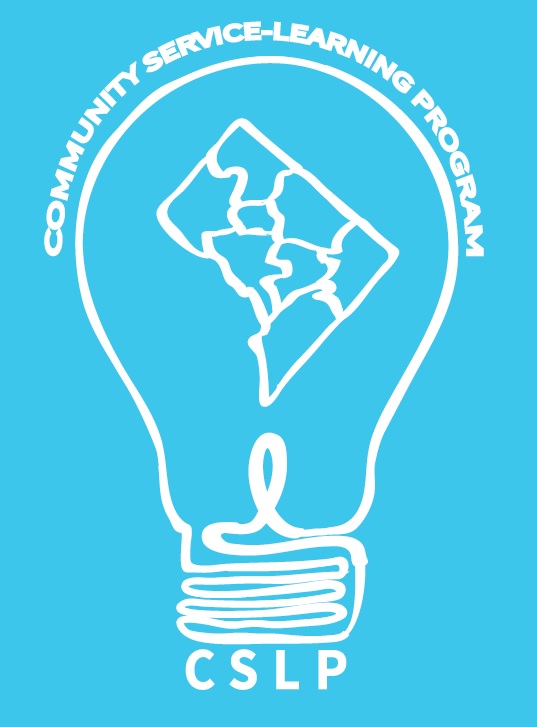


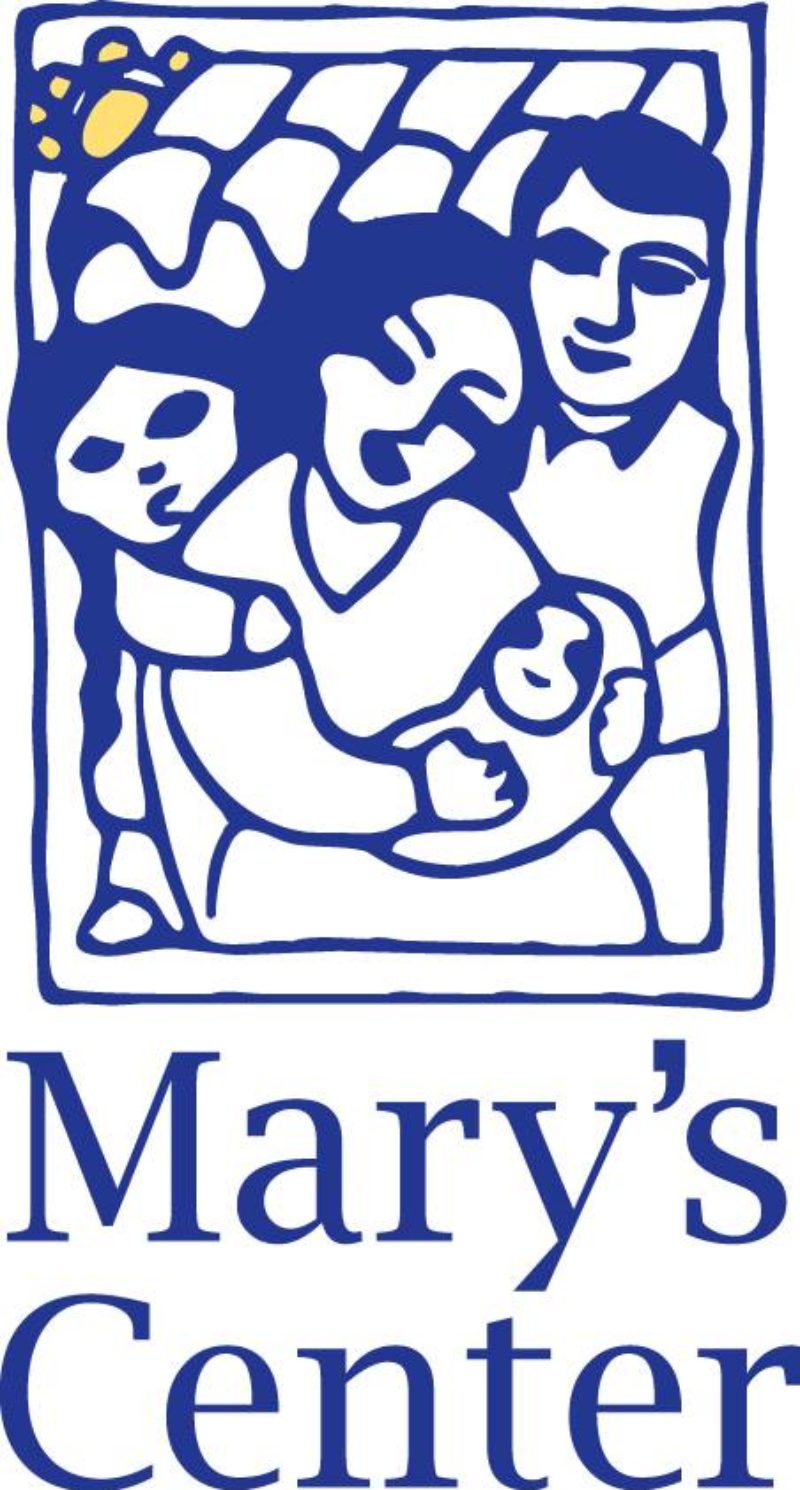

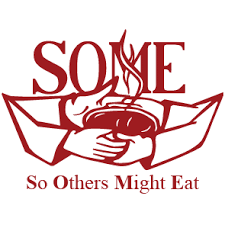

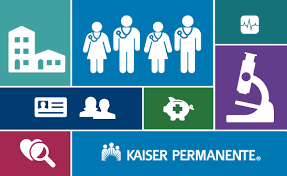 “provide high-quality, affordable health care services and to improve the health of our members and the communities we serve.” I am a junior undergraduate student majoring in Public Health and the class that I was taking in connection to the program was a Public Health course as well, so seemed like a match made in heaven. Although I was thrilled to be volunteering, I did not have any particular expectations coming in. My overall experience volunteering at Kaiser Permanente was phenomenal. Volunteering gave me a great sense of satisfaction, especially when I realized that my assistance had brightened up the patients’ day. What I found quite remarkable was the amount of people that would talk to me and open up their lives to me, especially while knowing that I was simply a volunteer.
“provide high-quality, affordable health care services and to improve the health of our members and the communities we serve.” I am a junior undergraduate student majoring in Public Health and the class that I was taking in connection to the program was a Public Health course as well, so seemed like a match made in heaven. Although I was thrilled to be volunteering, I did not have any particular expectations coming in. My overall experience volunteering at Kaiser Permanente was phenomenal. Volunteering gave me a great sense of satisfaction, especially when I realized that my assistance had brightened up the patients’ day. What I found quite remarkable was the amount of people that would talk to me and open up their lives to me, especially while knowing that I was simply a volunteer.